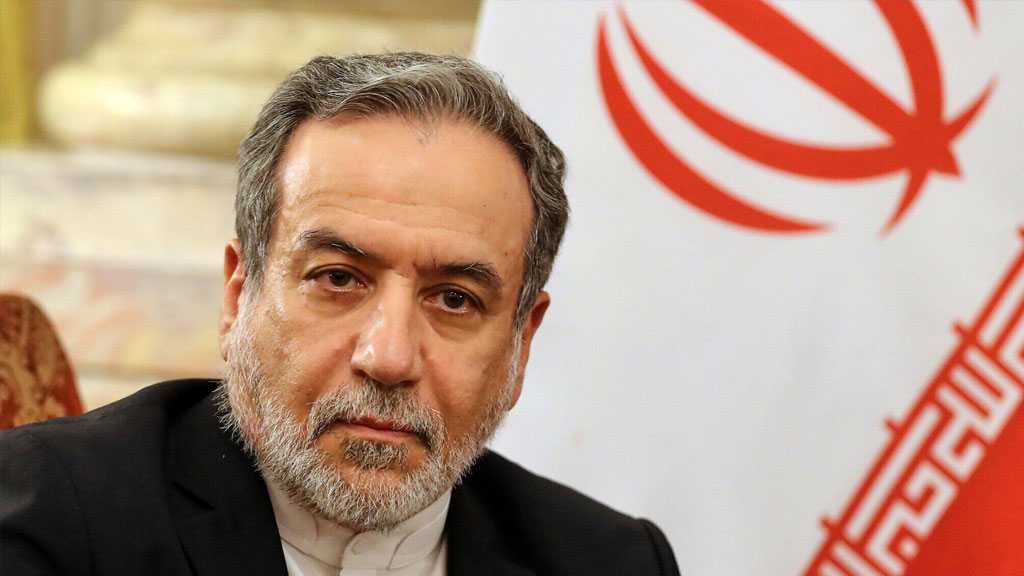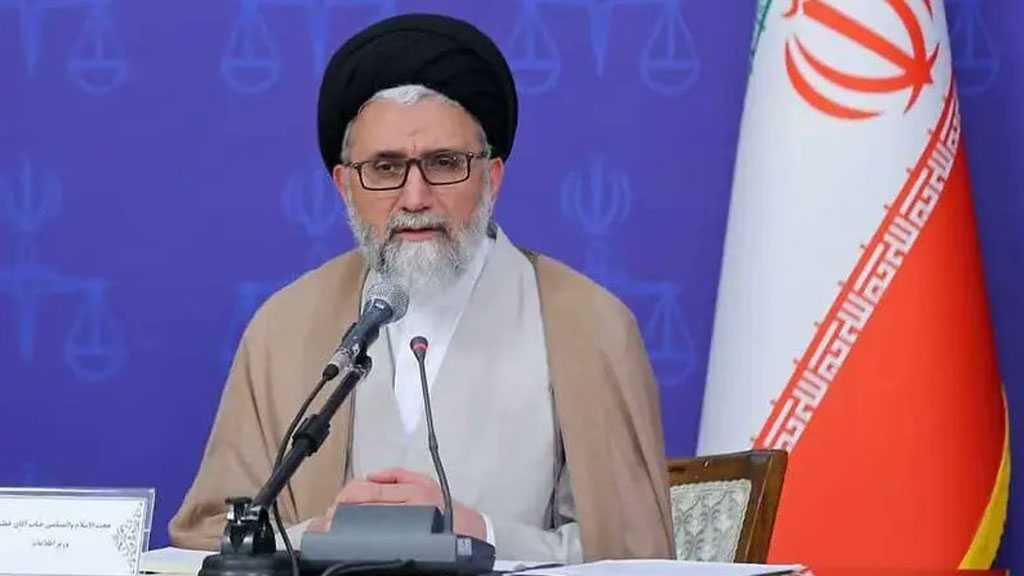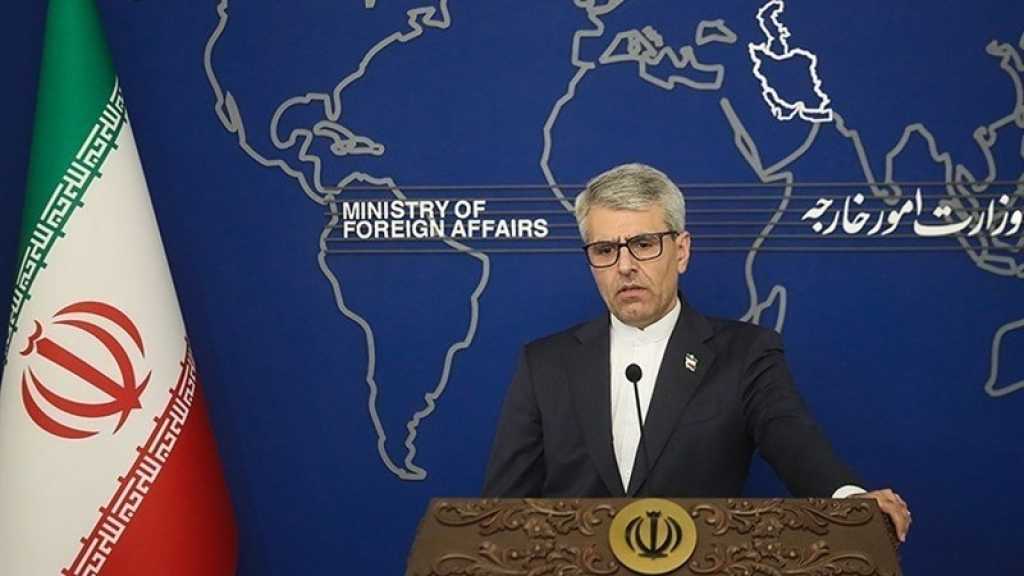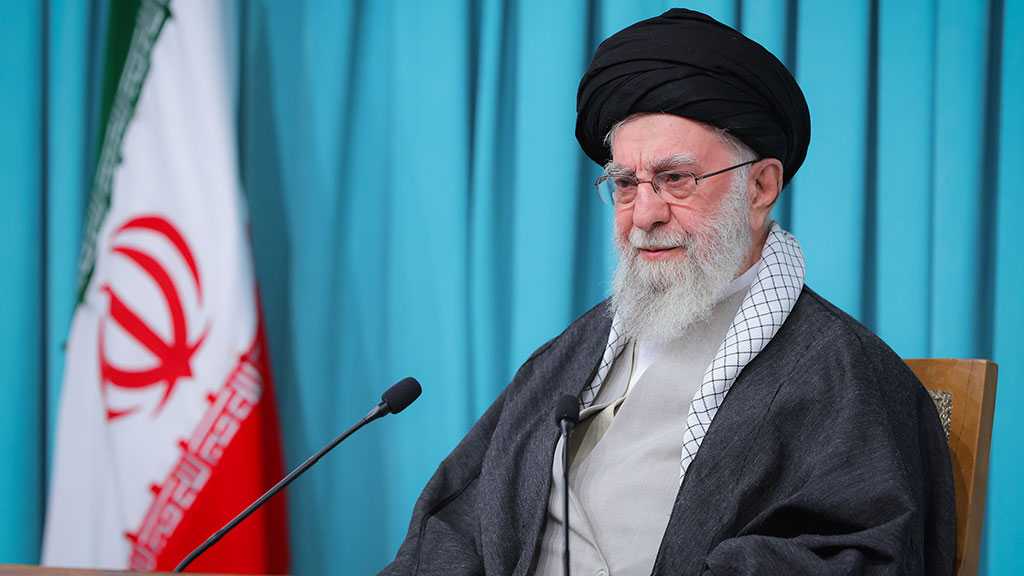Iran Warns: New Missiles Ready for Any Future Attack
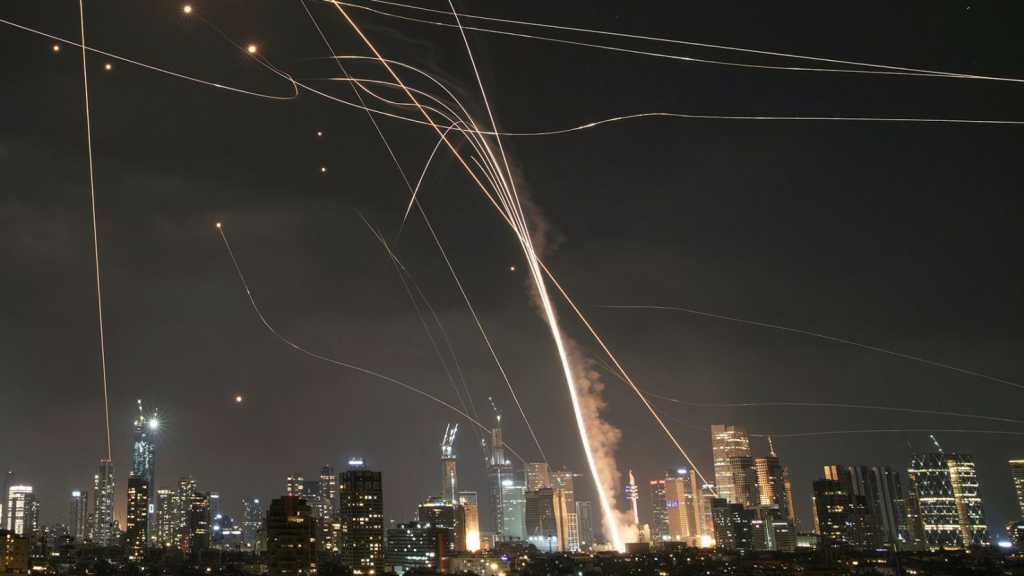
By Staff, Agencies
Iran’s defense minister has announced that the country now possesses advanced missiles with greater capabilities than previous generations, warning that they will be deployed if “Israel” undertakes any new aggression.
According to Mehr News Agency, a group of foreign military attachés residing in Tehran met on Tuesday with Brigadier General Aziz Nasirzadeh, Minister of Defense and Armed Forces Logistics, on the occasion of “August 22 – National Defense Industry Day.”
The Minister of Defense said the 12-day war imposed by the Zionist entity began with full political, intelligence, and military backing from the US, which later joined the aggression directly. He noted that several Western and regional states also supported the enemy’s operations, while Iran relied solely on its domestic capabilities under unlawful US sanctions.
He revealed that while negotiations with the US were set to resume in Muscat, the Zionist entity — backed by Washington — launched coordinated military-terrorist strikes at dawn on June 13, martyring senior Iranian commanders and scientists. The attacks exploited airspace gaps in Syria and Iraq and involved Zionist agents operating inside Iran.
He said the Zionist entity wrongly assumed that assassinating senior commanders would break Iran’s military command, not anticipating a swift response. Despite losses and long-range challenges, Iran launched a combined missile and drone retaliation while defending against waves of enemy strikes.
The defense minister stated that Iran’s retaliatory strikes grew in scale and precision, with missile penetration rising from 60% at the war’s start to 90% by the end, inflicting serious damage on the Zionist entity’s defense systems.
He emphasized that, for the first time, the Islamic Republic of Iran used missiles like Fattah, Sejjil, and Kheibar Shekan, shifting the battlefield equation in Iran's favor. Nearly 150 military targets in the occupied territories were struck—air bases, intelligence and research centers, the Mossad HQ, and the war ministry—unlike the cowardly Zionist entity, which deliberately attacked civilians, homes, medical centers, and media.
Nasirzadeh said the Zionist entity’s casualty figures and billions in losses confirm the accuracy of Iranian missile strikes. The entity’s censorship shows its fear and awareness of the damage caused.
Iran’s Minister of Defense highlighted that the armed forces’ achievement came against not only the Zionist entity but also its backers like the US and some European countries, relying solely on Iran’s indigenous defense industries after 40 years of sanctions.
Mid-war, the US—after coordinating the Zionist entity’s attack on Iran and providing support—violated the UN Charter and NPT by striking Iran’s peaceful nuclear sites under IAEA supervision. This was an assault on Iran’s sovereignty, while the Security Council, influenced by the US and some European members, failed to respond and encouraged the attacks.
Nasirzadeh emphasized that the bitter, absurd, and undeniable reality of this war was the deafening silence of international and so-called human rights organizations.
When Iran saw the US directly join the battle and strike its nuclear sites, it showed restraint by targeting only one major US base—Al-Udeid—with 14 missiles, destroying radar facilities, despite having many possible targets.
After Iran’s strike on Al-Udeid, regional governments relayed the US’s ceasefire offer—reflecting the Zionist entity’s desperation. Iran accepted, insisting on preserving its principles and keeping the final response.
Iran agreed to the ceasefire to prevent regional war but distrusts the Zionist entity and the US. If hostilities continue, Iran’s response will be deadly, surprising, and beyond calculation.
He concluded that Iran’s defense industry ensures national security through deterrence while promoting peace and stability. The Ministry of Defense’s International Affairs Department is ready to cooperate with regional countries for peace, prosperity, and joint development.
Comments
